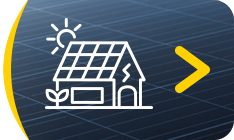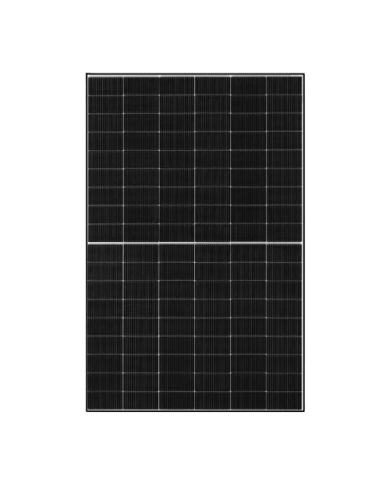- Configurator
Solar-Kits
Solar kit quote
Are you starting out? We take care of everything. Get a free and immediate quote.Configurator
Become a solar expert! Configure your custom kit (brand, power, etc.) and receive it instantly.Inverters & Batteries
Choosing an inverter
Quickly find the ideal inverter. Best price guaranteed, instant solution.Choosing a battery
Find the perfect battery to complete your installation. Get the solution you need immediately at the best price. - Application
- Products
€79.00 €69.00
(0) €79.00
(0) €115.00 €85.00
(0) €175.00
(0) 
























